SOURCE: RAUNAK KUNDE / NEWS BEAT / IDRW.ORG
The Indian Army and Strategic Forces Command (SFC) are planning a complete phase-out of the Prithvi-1 and Prithvi-2 short-range ballistic missiles (SRBMs) by 2030. This move signifies India’s commitment to modernizing its missile arsenal and deploying next-generation solutions.
The Prithvi-I, inducted in 1996, served as India’s first indigenously developed short-range ballistic missile. With a range of 150 kilometers, it played a crucial role in bolstering India’s early missile capabilities. Production of the Prithvi-I was discontinued shortly after its induction, with only a limited number stockpiled. Due to its reliance on less readily available liquid fuel and lower accuracy compared to modern alternatives, the Prithvi-I was quietly phased out.
Continue readingSOURCE: IDRW.ORG.

India has delivered the first batch of BrahMos supersonic cruise missiles to the Philippines today, marking a significant boost to the Southeast Asian nation’s coastal defense capabilities. This powerful weapon system will enhance the Philippines’ ability to deter and defend against potential maritime threats.
The BrahMos missile boasts an impressive range, although details can vary depending on the specific variant. This land-based variant, likely the one being delivered to the Philippines, has a range of approximately 290 kilometers (180 miles).
Continue readingSOURCE: IDRW.ORG.

India’s Defence Research and Development Organisation (DRDO) has issued a call for an industry partner to collaborate on the design and development of a critical component for a new high-power laser weapon system.
The project centers on the development of an integrated beam control system, a crucial element for directing and focusing the laser’s energy precisely. The quality and performance of this system will directly impact the accuracy and effectiveness of the entire weapon.
Continue readingSOURCE: RAUNAK KUNDE / NEWS BEAT / IDRW.ORG
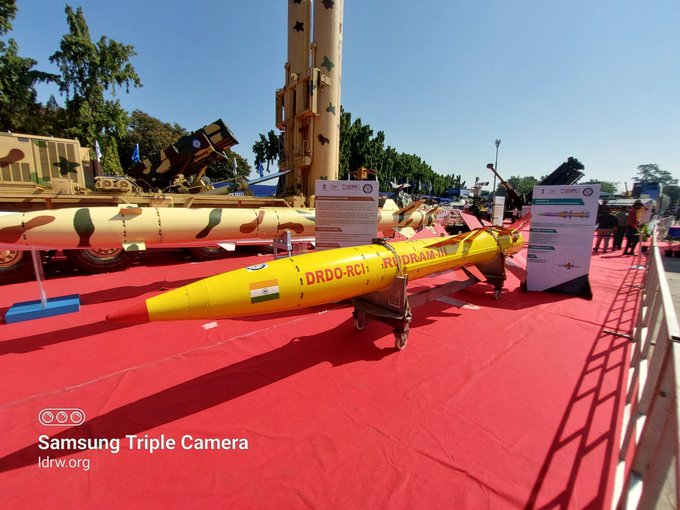
The Defence Research and Development Organisation (DRDO) has issued a fresh tender signalling the imminent integration of the RudraM-III missile onto Su-30 MKI aircraft. This integration project will focus on non-UMC (Unified Manufacturing Contract) Su-30 MKI variants, as specified in the tender documents.
The RudraM-III, an indigenously developed hypersonic anti-radiation missile, boasts an impressive range of 550 kilometers and speeds exceeding Mach 5. This weapon system significantly enhances the IAF’s offensive capabilities, allowing for long-range strikes against enemy radar installations and other critical infrastructure.
Continue readingSOURCE: RAUNAK KUNDE / NEWS BEAT / IDRW.ORG
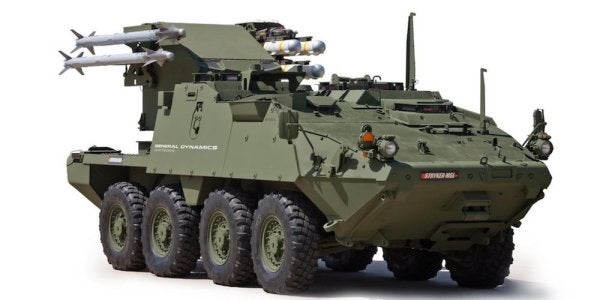
The Indian Army is charting a course for enhanced armoured mobility, with plans to induct both locally produced Stryker Infantry Combat Vehicles (ICVs) co-developed with the United States and indigenously designed ICVs from DRDO.
The Indian Army is looking to integrate American expertise into its ICV fleet through a collaborative project. The plan involves the development and production of a limited number (around 100 initially, with potential for further orders up to 300) of Stryker ICVs specifically designed for Indian requirements.
Continue readingSOURCE: IDRW.ORG
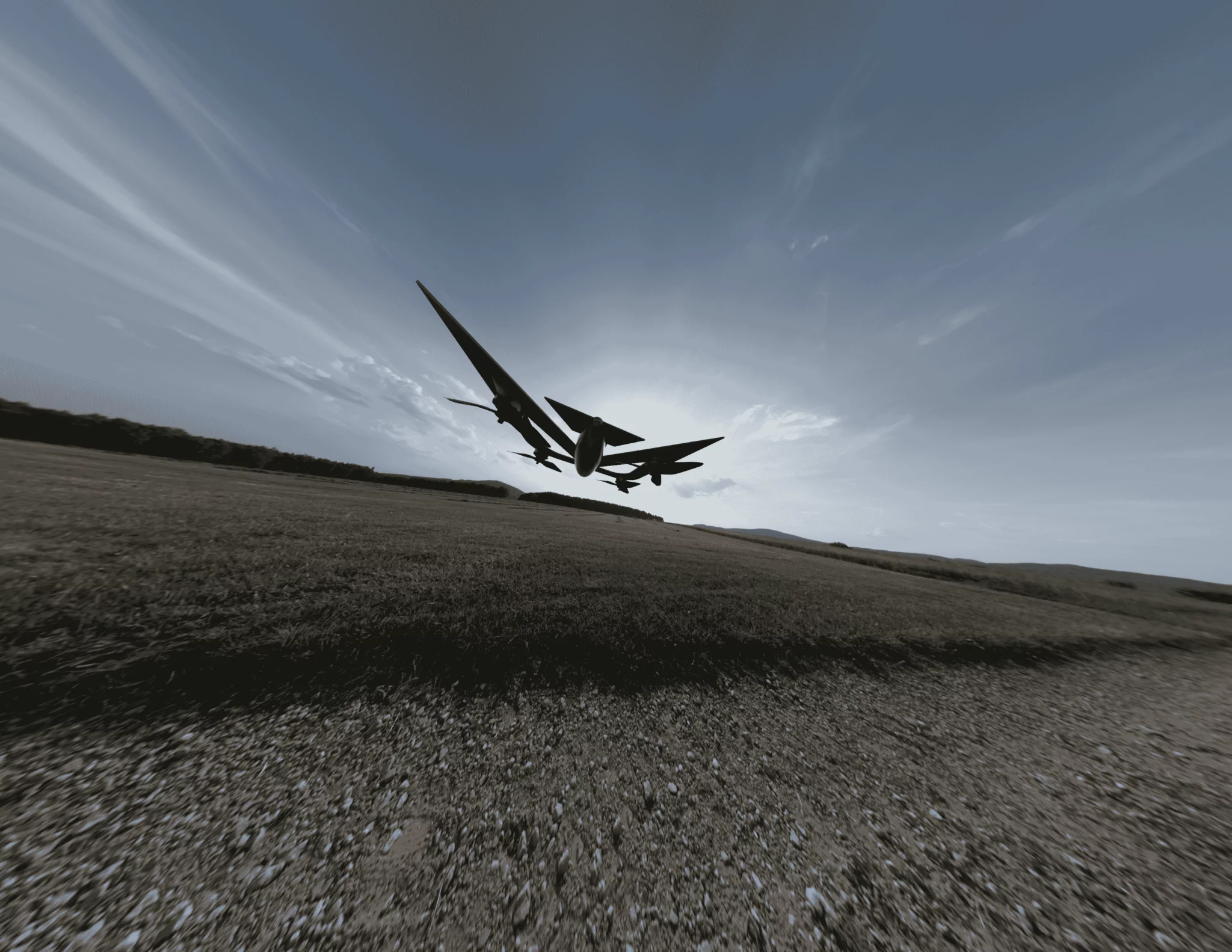
Breaking new ground in the Indian defense sector, Bengaluru-based Flying Wedge Defence and Aerospace (FWDA) will unveil “FWD-200B ” India’s first-ever indigenously developed military-grade bomber UAV (Unmanned Aerial Vehicle) tomorrow. This marks a significant milestone for India’s defense technology and airpower capabilities.
FWDA’s CEO and Founder, Mr. Suhas Tejaskanda, expressed his company’s enthusiasm about the FWD-200B’s unveiling. This innovative bomber UAV has the potential to revolutionize India’s air defense strategies, offering a cost-effective and potentially life-saving alternative for specific missions.
Continue readingSOURCE: IDRW.ORG

India has issued a Notice to Airmen (NOTAM) for a missile test in the Bay of Bengal between May 6 and May 13, 2024. The designated area for the test is 100 kilometers within the Bay of Bengal.
While details of the test are not officially confirmed, experts speculate it will be either an air-launched or ship-launched missile test. This is due to the issuance of a NOTAM, which is a standard procedure to alert pilots of potential hazards in airspace.
Continue readingSOURCE: RAUNAK KUNDE / NEWS BEAT / IDRW.ORG
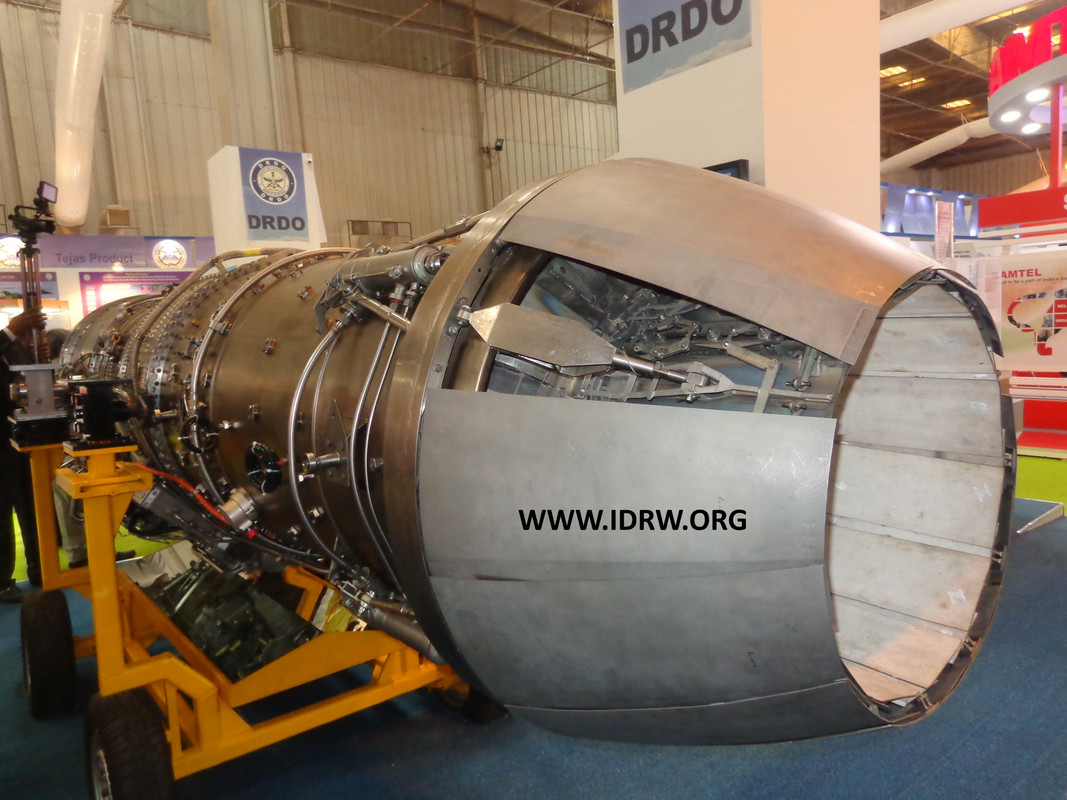
India’s Defense Research and Development Organization (DRDO) is reportedly making significant progress on a new 91kN thrust engine derived from the Kaveri engine program. This news comes from sources familiar with the program speaking to idrw.org.
The current Dry Kaveri engine generates 46kN of thrust. DRDO’s plan involves mating it with a new afterburner section, boosting output to 73kN. This modified engine will first be certified for use in older LCA-Tejas LSP variants before integration into the RPSA (Ghatak UCAV) program.
Continue readingSOURCE: RAUNAK KUNDE / NEWS BEAT / IDRW.ORG

As the global aerospace arena witnesses a race towards the development of sixth-generation fighter jets, India’s strategic focus takes a unique turn with the recent approval for the development of fifth-generation Advanced Medium Combat Aircraft (AMCA) by the Indian Air Force (IAF). While some may perceive this decision as a step behind the curve, senior officials within the IAF argue otherwise, shedding light on the pragmatic approach guiding India’s aerospace ambitions.
In an exclusive interview with idrw.org, a senior IAF official, speaking on condition of anonymity, underscored the rationale behind India’s decision to prioritize the development of fifth-generation AMCA over leaping directly to sixth-generation platforms. Contrary to conventional wisdom, the official emphasized that such a leap would entail exorbitant costs and substantial technological challenges, potentially outweighing the benefits.
Continue readingSOURCE: RAUNAK KUNDE / NEWS BEAT / IDRW.ORG
The Indian Air Force (IAF) is set to receive a significant boost to its combat capabilities with the planned acquisition of 12 new Su-30 MKI fighter jets. This move comes in response to the need to replace aircraft lost in previous incidents.
In September 2023, the IAF issued a tender to Hindustan Aeronautics Limited (HAL), India’s state-owned aerospace and defence company. This deal signifies a potential continuation of the collaboration between India and Russia for the Su-30 MKI program.
Continue readingSOURCE: IDRW.ORG.
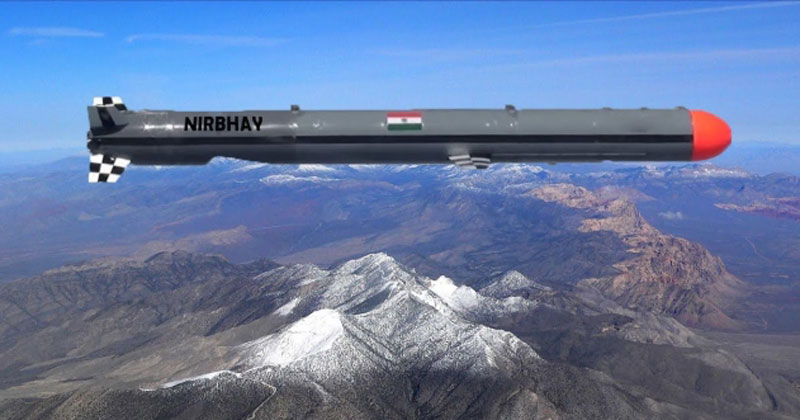
The Defence Research and Development Organisation’s (DRDO) Aeronautical Development Establishment (ADE) is gearing up for fresh developmental trials of the indigenously-developed Nirbhay subsonic cruise missile.
According to information obtained by idrw.org, these trials are expected to take place within the next few weeks and will focus on testing the missile’s performance under various parameters and waypoint navigation scenarios. This phase is crucial before the Nirbhay can be offered for user trials by the Indian military.
Continue readingSOURCE: IDRW.ORG.
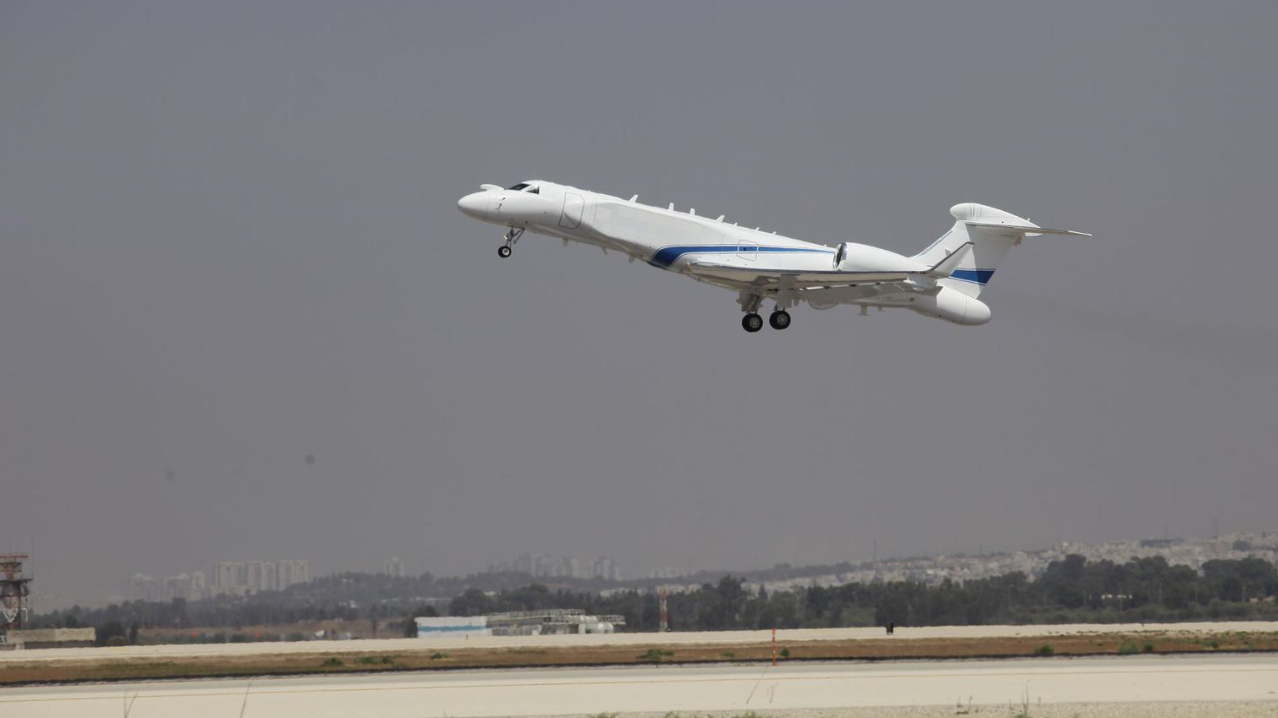
Recent events in the Middle East highlight the growing threat of drone attacks. Israel’s Oron aircraft, also known as the MARS2 (Multi-Mission Airborne Reconnaissance and Surveillance System), has garnered attention for its role in countering Iranian drone incursions. This system, equipped with Artificial Intelligence (AI) technology, offers valuable insights for countries like India facing similar aerial threats.
The Oron’s AI system reportedly facilitates efficient and automated data processing, enabling real-time generation of actionable intelligence. This translates to a faster response time for the Israeli Air Force (IAF), allowing them to intercept hostile drones before they reach their targets.
Continue readingSOURCE: RAUNAK KUNDE / NEWS BEAT / IDRW.ORG

The Indian Army is poised for a significant modernization leap with the development of Future Combat Vehicles (FRCVs). These next-generation tanks are slated to replace the ageing fleet of Soviet-era T-72 Main Battle Tanks, significantly bolstering India’s ground forces.
The current T-72 tanks, while serving the nation for over four decades, have reached the end of their operational lifespan. The FRCV program aims to address this critical gap by introducing technologically advanced tanks. The project is estimated to be worth a staggering Rs 57,000 crore.
Continue readingSOURCE: RAUNAK KUNDE / NEWS BEAT / IDRW.ORG
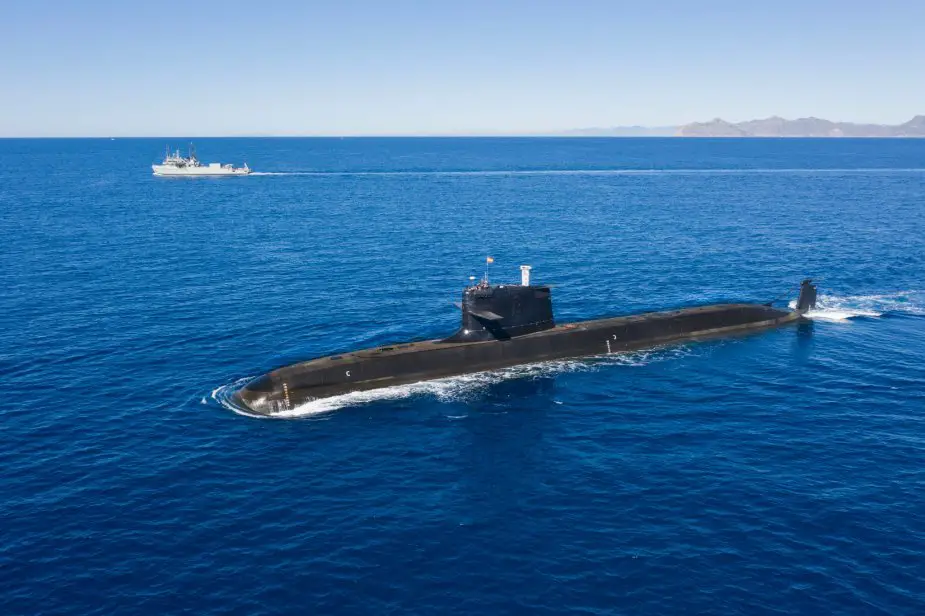
India’s quest for new submarines might hit a snag as the Navy officals are concerned over the extensive American technology integrated into the S-80 Plus submarines offered by Spanish shipyard Navantia. This comes under Project-75I, a tender seeking six new submarines for the Indian Navy.
Sources familiar with the discussions revealed to idrw.org that the Navy’s apprehension stems from the potential incompatibility between American technology and the promised Transfer of Technology (ToT) for the S-80 Plus.
Continue readingSOURCE: RAUNAK KUNDE / NEWS BEAT / IDRW.ORG

The Indian Army is gearing up for a technological leap in its logistics capabilities. By 2027, they aim to phase out mules and replace them with Robotic Mules This project signifies a significant shift towards automation and modernization in high-altitude transportation.
The Indian Army is seeking the expertise of private companies to develop these Robotic Mules. This initiative fosters collaboration between the public and private sectors, leveraging cutting-edge technology for military applications.
Continue reading